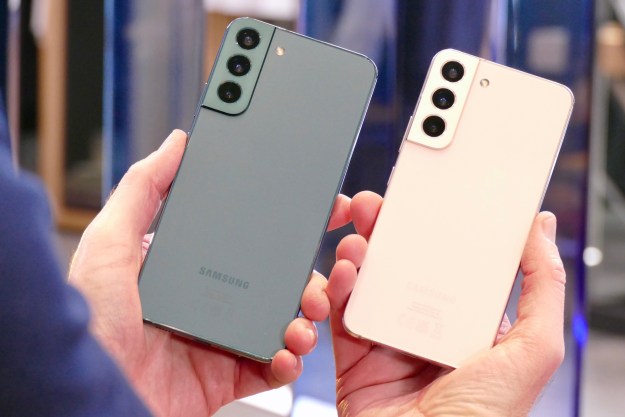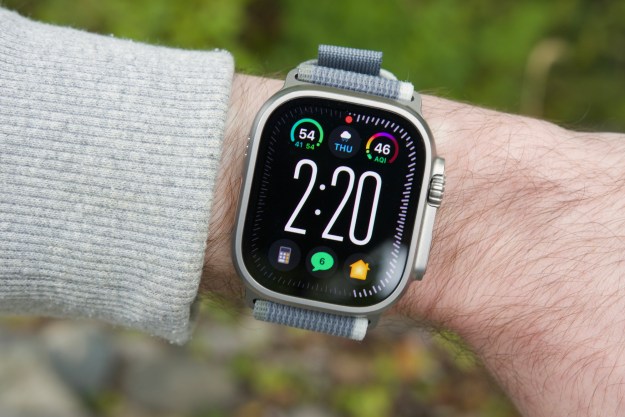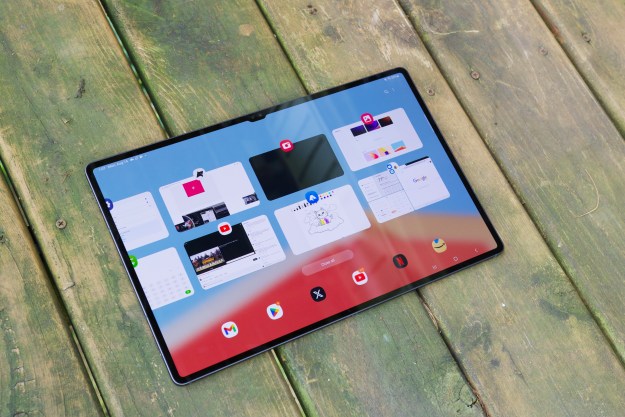
After reports of skin irritation among children wearing McDonald’s “Step-It” wristbands found in Happy Meals prompted the House of Ronald to withdraw its plastic wearables, the fast food chain is going a step further and actually recalling 32 million of these devices. McDonald’s had already ceased handing out the Step-It’s, but now it looks as though things are worse than ever.
Updated on 8-24-2016 by Lulu Chang: McDonald’s forced to recall Step-It activity trackers
On Tuesday, the U.S. Consumer Product Safety Commission said the bands were being recalled due to risks of skin irritation or burns, and already, more than 70 incidents involving the wearables have been reported.
“We have taken this swift and voluntary step after receiving limited reports of potential skin irritations that may be associated from wearing the band,” McDonald’s spokesperson Terri Hickey said in a statement last Wednesday, adding, “Nothing is more important to us than the safety of our customers and we are fully investigating this issue.”
Free of bells and with not a single whistle in sight either, the uncomplicated tracker features a single power/reset button and a display showing how many steps you take. A couple of built-in LED lights attempt to ramp up Step-it’s fun factor, with a gentle stroll prompting the occasional flash and an energetic sprint making it blink like a cyclist with a fly in the eye.
The decision to pull the tracker, and now the rather embarrassing recall, puts in jeopardy the fast-food giant’s earlier-stated plan for a TV and YouTube ad blitz featuring the device, a campaign it’s no doubt already spent heaps of money preparing.
For kids, the Happy Meal might be a little less happy for the time being, but the fact is, activity trackers like the Step-it (though ones that are a little more advanced) have caused plenty of headaches for companies in the past. Fitbit, for example, was forced to recall its Force fitness tracker back in 2014 following reports of nearly 10,000 incidents of skin irritation, while just a few weeks ago Basis recalled every Peak tracker it has ever sold after some units reportedly caused burns after overheating.


